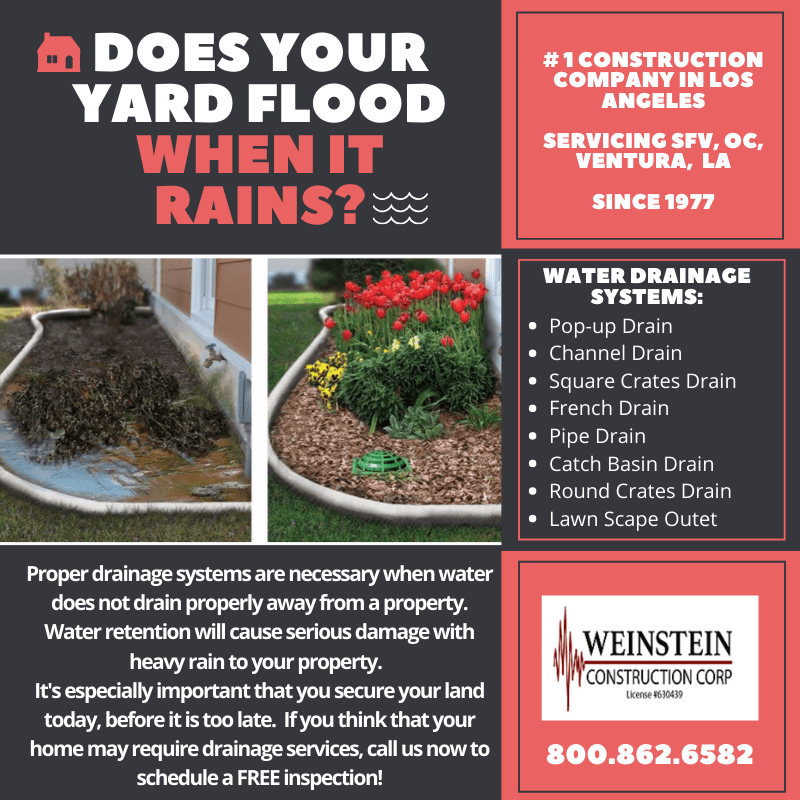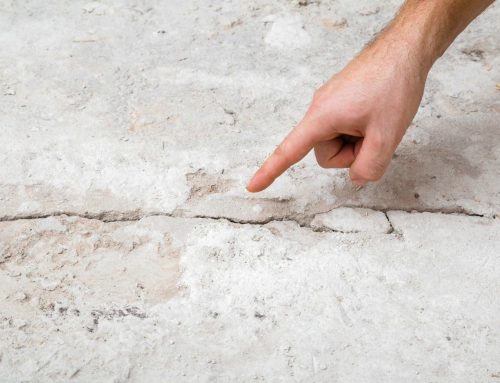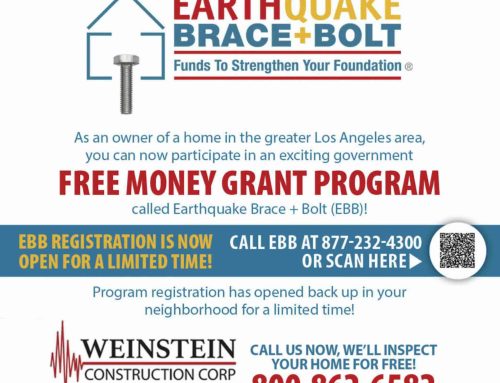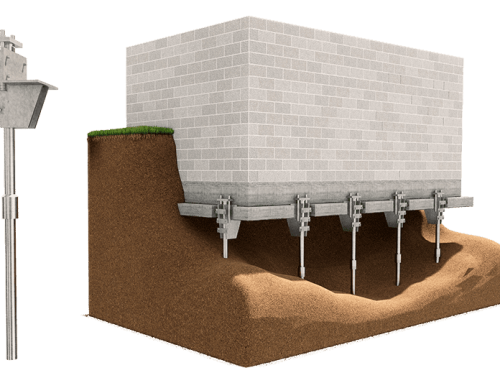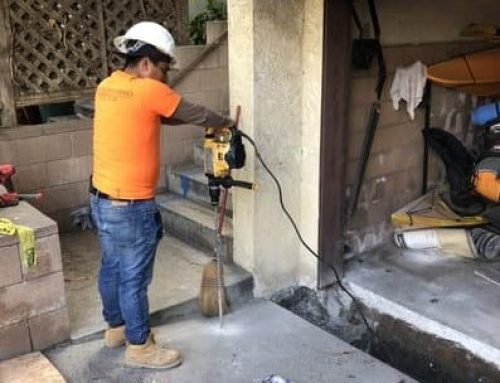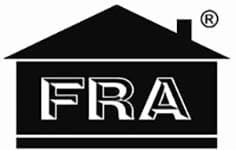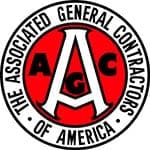Yard drainage refers to the way the soil treats the water. Accumulation of water anywhere on your property can lead to structural problems and mold, damage your plants and become a breeding ground for mosquitoes and bacteria. When you find that water is still standing in the areas of your yard days after rainfall, you are likely to have a drainage problem.
Below are 6 things to watch out for which you might need a drainage solution.
Drainage Issues: 1. Identify the puddles–is your lawn too muddy to walk through the days after the rains? Water tends to be soaked as the sun rises after a long drought, suggesting good drainage of the soil. On the other hand, if water seems to float instead of being absorbed into the ground, it is a sure sign of drainage problems.
2. Check out your driveway–One surprising sign of drainage problems in your yard actually affects your driveway and paved areas. When you find that water is collecting in these areas, it is likely to cause drainage problems. It occurs when the water has nowhere to go and starts to stream over the asphalt.
3. Scope out your vegetation— Is the moss spreading around your yard? Does that look like your grass is dying out? Plants and bushes are limp or droopy? These are all possible signs of overwatering and are very common in low drainage areas because roots are stuck in the water much longer than they need to be. This causes root rot in grass, plants, and bushes.
4. Inspect your gutters–The importance of gutters for the structural integrity of your home can not be overstated. Water MUST flow down the gutters and into the soil. When there are drainage issues in your yard, the water flowing down the gutters can not seep into the soil quickly, and this contributes to water flowing back into the gutters. This can mean costly roof repairs and can even affect the foundation of your home, causing flooding inside your home.
5. Look out for mosquitoes–When you start to notice a rise in mosquitoes every time you step outside, take a look around your yard to see signs of standing water. Standing water easily stagnates and is a refuge for bacteria, often contributing to unpleasant odors. It’s also the ideal breeding ground for mosquitoes and other pests. Such problems can lead to sickness and other safety concerns for your family and neighbors, making your home extremely unsafe for your loved ones and your neighborhood.
6. Investigate your home–are there cracks in your outer foundation that could be caused by water damage? Is the mold on your side? Also, look inside your home and check for any signs of water pressure, especially in your basement. Pressure cracks in the foundation or siding can often cause water to seep indoors, and even small amounts of moisture can lead to mold and other damage.
Following the above steps, you can quickly be alerted to problems with the drainage of your yard. Luckily, there are a few options to address these issues and ensure a healthy and enjoyable outdoor living space. To diagnose the extent of the problem and provide a solution, contact Weinstein Construction. PS–be sure to check out the most common drainage solutions next month.


